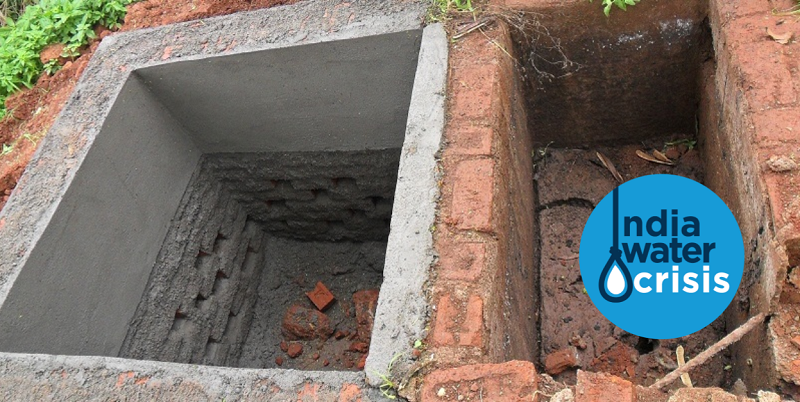2,168 soak pits built to conserve water in Bihar district
Sitamarhi district administration has built 2,168 soak pits in government schools, health centres and police stations among others in one go, for water conservation and recharging ground water. The step was part of the Lohia Swacha Abhiyan of the Nitish Kumar-led Bihar government, which was carried out by the district administration in partnership with UNICEF.
Tirhut Commissioner Atul Prasad, Sitamarhi District Magistrate Rajiv Roushan along with UNICEF Programme Manager Shivendra Pandey launched the construction work of a soak pit in the district at the Dumra Girls’ school.

Prasad said through this initiative around 26 crore litre of water could be saved in the district annually which would be equal to 500 train loads of water being send to Latur in Maharashtra in view of the acute water crisis there.
He said efforts would be made to include the initiative, probably first of its kind, in the Guinness Book of World Records. Roushan said besides conserving water, the construction of soak pits would help prevent diseases due to contaminated water. He said 11,000 teachers have been imparted training for conservation of water through soak pits.
Despite having Bagmati and Adhwara rivers, the district is witnessing water level going down by around 13 feet and keeping this in mind the step for construction of soak pits has been undertaken.
The campaign has now been replaced to Nirmal Bharat Abhiyan. In order to ensure sanitation facilities in rural areas with the broader goal to eradicate the practice of open defecation, a comprehensive programme called ‘Total Sanitation Campaign’ was launched by Rajiv Gandhi National Drinking Water Mission, Government of India to cover all households with water and sanitation facilities and promote hygiene behaviour for overall improvement of health and sanitation in rural areas.
Also read : Dharnai, a village in Bihar, is India’s first fully solar powered village
The programme is demand-driven and people-centered based on the principle From low to No subsidy. A nominal subsidy in the form of incentive is given to the rural poor households for construction of toilets. The key intervention areas have been identified as Individual Household Latrines (IHHL), School Sanitation & Hygiene Education, Community Sanitary Complex and Anganwadi Toilets. The Scheme laid strong emphasis on Information, Education and Communication (IEC), capacity building and hygiene education for effective behaviour change, with the involvement of PRIs, Community Based Organizations (CBOs), NGOs, etc.











